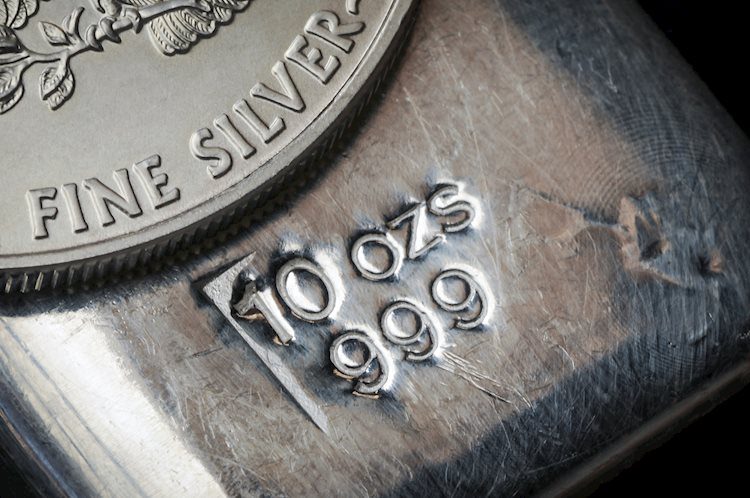The price of silver has risen to near $31.50 following the release of the US Producer Price Index (PPI) data for September. The data showed that the annual headline and core PPI grew faster than expected, prompting speculation that the Federal Reserve could cut interest rates again in November. The US Dollar Index (DXY) remained steady around 103.00 as the white metal gained momentum after the release of the PPI data.
The annual headline producer inflation in the US grew by 1.8%, exceeding estimates of 1.6%, although it was slower than the previous month’s 1.9%. The core PPI, which excludes volatile food and energy prices, accelerated to 2.8% from expectations of 2.7%. The month-on-month headline producer inflation remained flat, raising the possibility of further interest rate cuts by the Fed. It is anticipated that the central bank will reduce borrowing rates by 25 basis points to 4.50%-4.75% in November, based on pricing data from the CME FedWatch tool.
The policy-easing cycle initiated by the Fed with a 50-basis-point interest rate cut in September was driven by concerns over job market risks and the desire to bring price pressures back to the bank’s target of 2%. Silver prices have seen a positive trend after breaking above the horizontal resistance and climbing above the 20-period Exponential Moving Average (EMA) at $31.50. The asset is expected to continue its upward trajectory towards the October high of around $33.00, according to technical analysis.
Factors such as geopolitical instability, fears of a recession, US Dollar performance, and investment demand can influence silver prices. Its use in various industries, especially electronics and solar energy, as well as dynamics in major economies like the US, China, and India, can also impact price movements. Silver is often seen as a safe-haven asset, similar to Gold, and tends to follow Gold’s price movements. The Gold/Silver ratio can be used to determine the relative valuation between the two metals, with a high ratio indicating that Silver may be undervalued.
Overall, silver is a highly traded precious metal with a long history of use as a store of value and a medium of exchange. It offers investors the opportunity to diversify their portfolios, hedge against inflation, or benefit from its intrinsic value. Whether bought physically or traded through financial instruments like Exchange Traded Funds, silver remains a popular choice among traders seeking exposure to the precious metal market.











